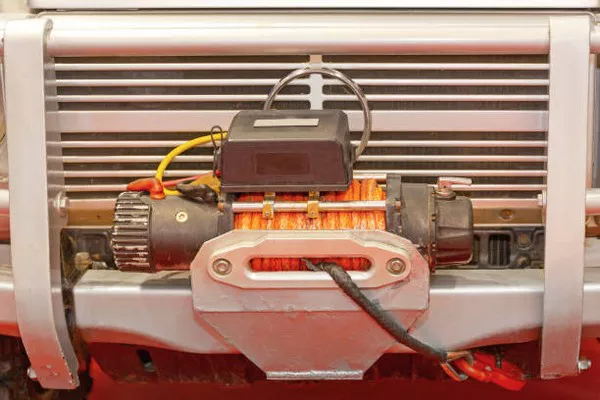Linear generators have emerged as innovative solutions in the realm of power generation, offering unique advantages over traditional rotary generators. This technology capitalizes on linear motion to convert mechanical energy into electrical power. In this article, we delve into the intricacies of how linear generators work, exploring their components, working principles, and applications.
Components of a Linear Generator
A linear generator comprises essential components that work in tandem to convert linear motion into electricity. These components include:
Stator: The stator is a stationary part of the generator that houses coils of wire. These coils are strategically positioned to interact with the moving magnetic field, inducing an electromotive force (EMF) and generating electrical current.
Mover: The mover, also known as the translator, is a component that undergoes linear motion. It typically consists of magnets or magnetic materials. As the mover moves relative to the stator, it creates a changing magnetic field, inducing electrical current in the stator coils.
Coil Assembly: The coil assembly consists of insulated wire wound around a core. This assembly is integral to the stator and plays a crucial role in the generation of electrical current as it interacts with the magnetic field produced by the mover.
Working Principles of Linear Generators
Linear generators operate on the fundamental principles of electromagnetic induction, which were first described by Michael Faraday in the 19th century. The process involves the generation of an electromotive force (EMF) when a conductor moves through a magnetic field. In the context of linear generators, this process is applied to linear motion.
When the mover undergoes linear motion, the magnetic field it creates interacts with the coils in the stator. According to Faraday’s law of electromagnetic induction, the changing magnetic field induces a voltage in the stator coils. This induced voltage results in the flow of electrical current, which can be harnessed for various applications.
Linear generators can operate using different types of linear motion, such as reciprocating motion, oscillating motion, or even linear motion along a curved path. The choice of motion depends on the specific application and design considerations.
Efficiency and Advantages
Linear generators offer several advantages over traditional rotary generators, contributing to their growing popularity in various industries:
Compact Design: Linear generators often have a more compact design compared to rotary generators. This compactness makes them suitable for applications with limited space or where portability is a key consideration.
High Efficiency: The direct conversion of linear motion into electrical power reduces mechanical losses associated with converting linear to rotary motion, leading to higher overall efficiency.
Low Maintenance: With fewer moving parts and a simplified design, linear generators generally require lower maintenance compared to their rotary counterparts. This can result in cost savings and increased reliability.
Versatility: Linear generators can adapt to different types of linear motion, making them versatile for various applications. Whether it’s capturing energy from ocean waves, converting human motion to power, or generating electricity from vehicle vibrations, linear generators can be tailored to specific needs.
Applications of Linear Generators
The versatility and efficiency of linear generators make them suitable for a wide range of applications across different industries:
Renewable Energy: Linear generators can be employed in renewable energy systems, such as wave energy converters and linear generators integrated into footpaths or roadways to harness energy from pedestrian or vehicular motion.
Transportation: In the transportation sector, linear generators can be utilized in regenerative braking systems, converting the kinetic energy of braking vehicles into electrical power that can be stored or fed back into the grid.
Industrial Power Generation: Linear generators find applications in industrial settings where linear motion is readily available, such as conveyor belts, manufacturing equipment, or any machinery with reciprocating motion.
Emergency Power Generation: The compact and portable nature of linear generators makes them suitable for emergency power generation in remote or disaster-stricken areas where traditional power sources may be unavailable.
See Also Do I Really Need To Ground My Portable Generator
Conclusion
Linear generators represent a promising avenue in the field of power generation, offering efficiency, versatility, and a compact design. As technology continues to advance, the applications of linear generators are likely to expand, contributing to a more sustainable and efficient energy landscape. Understanding the working principles and components of linear generators provides insight into the potential of this innovative technology and its role in shaping the future of power generation.

